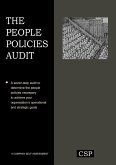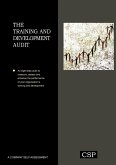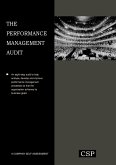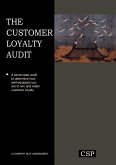Estimating your future workforce requirements is an inexact science. But a number of different techniques exist to help you do this, as well as to calculate the state of the labour market in the short to medium-term - and assess any problems or implications that result. This audit will help ensure that you have reliable monitoring and planning systems in place, so that implications for strategic and cost planning can quickly and easily be assessed. Use it to check the effectiveness of existing systems or to plan and implement new ones. After explaining the concept of HR planning and its usefulness, the audit covers these steps: 1.How to develop and introduce an effective HR planning system. 2.How to estimate workforce requirements (the audit sets out 11 different techniques - pick the one(s) that look best for your type of business. As a check, you can also use these techniques to calculate how many staff you need now. 3.Understanding and predicting the available labour supply. 4.How to analyse the supply and demand balance - and deal with a surplus or a shortfall. 5.Handling the implications for: recruitment, internal redeployment, pay & rewards, training & development, and employee retention. 6.Monitoring your plans - how to develop a system that will give you reliable early-warning of problems ahead. Twelve detailed questionnaires help to concentrate and refine the audit team's work and the audit also includes worked examples (for example, of a labour-market review and an internal labour-market map) to complete the picture.








